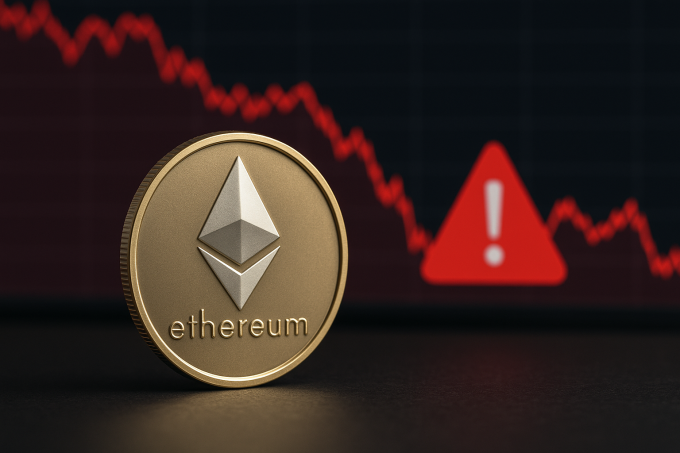While global crypto markets pulled back sharply on September 22, 2025, another story has quietly emerged: institutional accumulation of Ethereum. Even as Bitcoin fell about 3% and Ethereum itself shed nearly 7%, large players have been building positions through over-the-counter trades and exchange withdrawals. This signals a possible structural rebalancing that could shape Ethereum’s long-term trajectory.
ETH’s Divergence from the Broader Market
Ethereum declined to around USD 4,200, compared to Bitcoin’s dip toward USD 112,500. Yet unlike retail traders caught in liquidations, institutions appear to have used the downturn as a buying opportunity. More than USD 1.5 billion in derivative positions across crypto were liquidated within 24 hours, but accumulation in Ethereum intensified.
Institutional & On-Chain Signals
Since July, institutions and whales have accumulated more than USD 3.16 billion worth of ETH via OTC channels. At the same time, nearly USD 943 million in Ethereum has been withdrawn from exchanges, a clear indicator of long-term holding or staking strategies.
One company, BitMine Immersion, now controls over 2.4 million ETH, equivalent to more than 2% of total supply. This consolidation by large entities suggests growing confidence in Ethereum’s role within decentralized finance, staking infrastructure, and broader blockchain ecosystems.
Market Context
The overall crypto market cap dropped by 3.8%, slipping below USD 4 trillion, while trading volumes spiked. This indicates that the downturn was not driven by vanishing interest but rather by forced unwinding of leveraged positions.
For Ethereum, critical support is holding near USD 4,200, with downside risks if volatility accelerates. Still, its resilience relative to altcoins may reflect the strength of institutional positioning.
Regulatory Confidence
The launch of the U.S.-UK task force on September 22 adds weight to Ethereum’s appeal. By harmonizing rules across two of the world’s largest financial hubs, the framework could reduce uncertainty for funds seeking regulated entry points. For investors, Ethereum’s combination of yield generation, network utility, and long-term scarcity appears increasingly attractive under such conditions.
If current patterns hold, Ethereum could emerge from this correction stronger than peers, supported by reduced circulating supply and institutional demand. Risks include sudden macro shocks or regulatory overreach, but the momentum suggests ETH may be positioning itself as the market’s structural backbone in the months ahead.













https://shorturl.fm/rCyrz